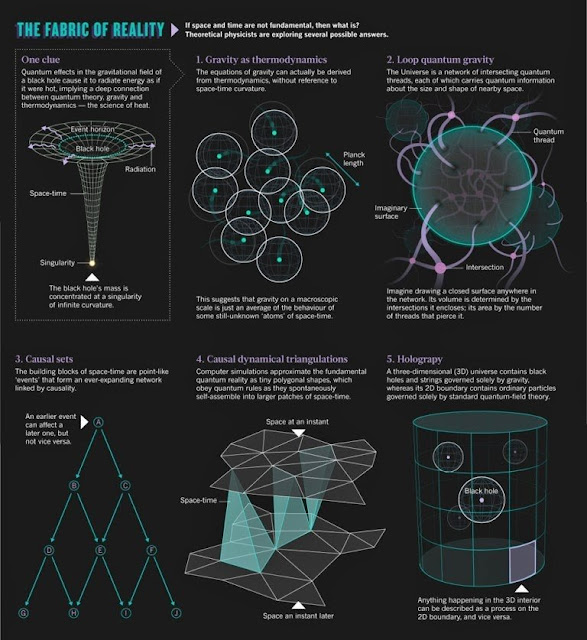Complexity, energy, thresholds (part-2) in big history chapter
Notable among quantitative efforts to describe cosmic evolution are Eric Chaisson's research efforts to describe the concept of energy flow through open, thermodynamic systems, including galaxies, stars, planets, life, and society. The observed increase of energy rate density(energy/time/mass) among a whole host of complex systems is one useful way to explain the rise of complexity in an expanding universe that still obeys the cherished second law of thermodynamics and thus continues to accumulate net entropy. As such, ordered material systems—from buzzing bees and redwood trees to shining stars and thinking beings—are viewed as temporary, local islands of order in a vast, global sea of disorder. A recent review article, which is especially directed toward big historians, summarizes much of this empirical effort over the past decade.
One striking finding of such complexity studies is the apparently ranked order among all known material systems in the universe. Although the absoluteenergy in astronomical systems greatly exceeds that of humans, and although the mass densities of stars, planets, bodies, and brains are all comparable, the energy rate density for humans and modern human society are approximately a million times greater than for stars and galaxies. For example, the Sun emits a vast luminosity, 4x1033erg/s (equivalent to nearly a billion billion billion watt light bulb), but it also has a huge mass, 2x1033 g; thus each second an amount of energy equaling only 2 ergs passes through each gram of this star. In contrast to any star, more energy flows through each gram of a plant's leaf during photosynthesis, and much more (nearly a million times) rushes through each gram of a human brain while thinking (~20W/1350g).




Comments
Post a Comment